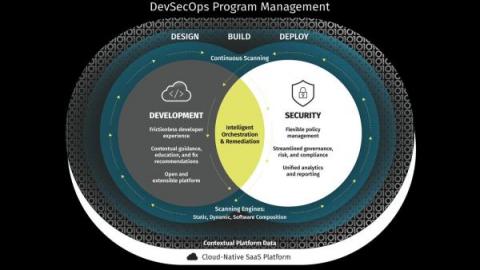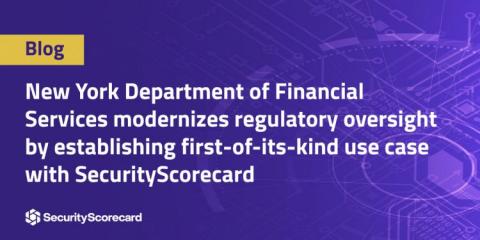Security | Threat Detection | Cyberattacks | DevSecOps | Compliance
Latest News
Compromised Docker Honeypots Used for Pro-Ukrainian DoS Attack
Between February 27 and March 1, 2022, Docker Engine honeypots were observed to have been compromised in order to execute two different Docker images targeting Russian and Belarusian websites in a denial-of-service (DoS) attack. Both Docker images’ target lists overlap with domains reportedly shared by the Ukraine government-backed Ukraine IT Army (UIA). The UIA previously called its members to perform distributed denial-of-service (DDoS) attacks against Russian targets.
A Tripwire Milestone: ASPL - 1000 is here
When I joined nCircle as a security researcher in 2006, ASPL 117 had just been released. I missed the ASPL-100 release celebration, which included custom sweatshirts, but there was still one unclaimed shirt in the office and I brought it home, my first piece of company swag. That shirt still hangs in my closet all these years later.
3 Jedi-inspired lessons to level up your JavaScript security
You might think of Star Wars as a movie reserved for geeks, but what if I told you that there are deep life lessons that can be applied to developer security practices? Get your lightsaber ready and prepare to dive into JavaScript security! Star Wars is an epic space-based film series written and directed by George Lucas that often needs no introduction. I’m a fan myself, and personally relate to many of the quotes shared by Jedi Knights in the movie series.
New York Department of Financial Services Modernizes Regulatory Oversight through Establishing First-of-its-Kind Use Case with SecurityScorecard
New York DFS is working with SecurityScorecard to further support the department’s first-in-the-nation cybersecurity efforts to modernize its supervision process. The New York Department of Financial Services (DFS) is now working with SecurityScorecard to modernize its approach toward regulatory oversight.
CIS Control 7: Continuous Vulnerability Management
The Center for Internet Security (CIS) provides Critical Security Controls to help organizations improve cybersecurity. Control 7 addresses continuous vulnerability management (this topic was previously covered under CIS Control 3). Continuous vulnerability management is the process of identifying, prioritizing, documenting and remediating weak points in an IT environment.
CIS Control 6: Access Control Management
The Center for Internet Security (CIS) publishes Critical Security Controls that help organization improve cybersecurity. In version 8, Control 6 addresses access control management (in previous versions, this topic was covered by a combination of Control 4 and Control 14).
CIS Control 4: Secure Configuration of Enterprise Assets & Software
Maintaining secure configurations on all your IT assets is critical for cybersecurity, compliance and business continuity. Indeed, even a single configuration error can lead to security incidents and business disruptions. Control 4 of CIS Critical Security Controls version 8 details cyber defense best practices that can help you establish and maintain proper configurations for both software and hardware assets.
CIS Control 1: Inventory and Control of Enterprise Assets
Unless you know what IT assets you have and how important each of them is to your organization, it’s almost impossible to make strategic decisions about IT security and incident response. Indeed, inventory and control of enterprise assets is so important that it is the first in the set of Critical Security Control (CSCs) published by the Center for Internet Security (CIS).
Phishing, OWASP, EASM, and hacking WordPress - top themes from Hack Yourself London
When Algolia’s security program manager Regina Bluman ran a Twitter poll to see how many people within the security industry understood the concept of EASM, she didn’t expect that the term is far from being on an IT security team’s radar. Moreover, most were not even aware of it.








